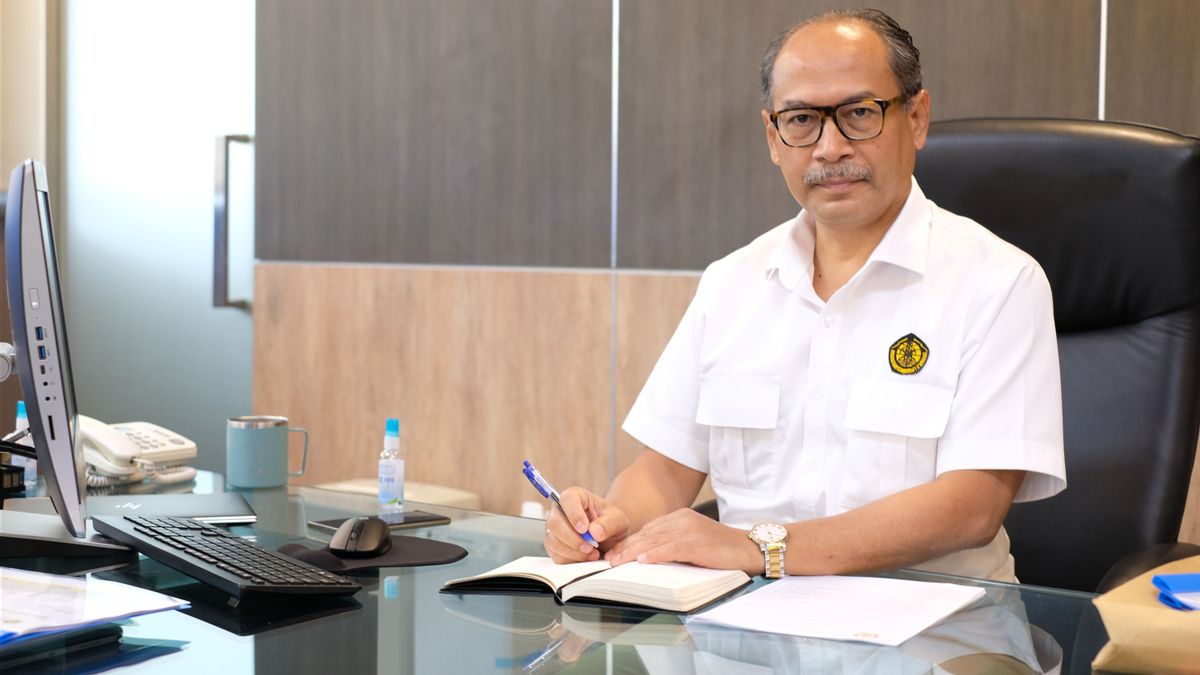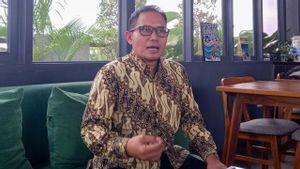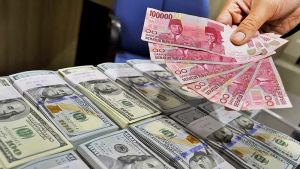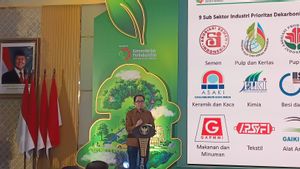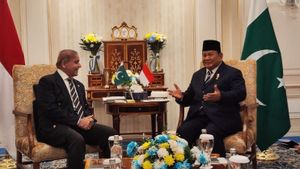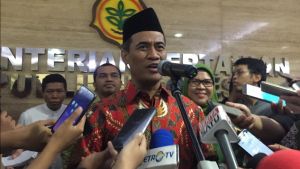JAKARTA - The increase in population and economic growth is directly proportional to global primary energy demand. On the other hand, all G20 members and other countries have set targets for achieving Net Zero Emissions (NZE) to stay in line with the goals of the Paris Agreement.
In order to strike a balance between meeting the ever-increasing demand for energy and achieving carbon emission reduction targets, the role of gas in the clean energy transition needs to be increased.
This was conveyed by the Director General of Oil and Gas Tutuka Ariadji, quoted from the official website of the Directorate General of Oil and Gas, Ministry of Energy and Mineral Resources, Thursday, May 26.
“Investment in natural gas projects needs to be increased globally to encourage greater use of natural gas. It is also important to promote gas market integration among the three largest natural gas regions, namely Asia, North America and Europe."
The Director General of Oil and Gas believes that international cooperation, including through the G20, will contribute more in increasing the role of gas to support carbon neutrality.
According to Tutuka, to achieve NZE, each country has its own approach to promoting the clean energy transition.
The clean energy transition must be carried out comprehensively in various stages taking into account competitiveness, cost, availability and sustainability to ensure a smooth transition and energy security is not compromised.
For Indonesia itself, since it was first produced in 1965, natural gas for domestic use in Indonesia has continued to increase. Previously, gas was mostly used for export purposes.
Currently, more than 60 percent of Indonesia's gas production is used to meet domestic needs. In the General National Energy Plan (RUEN), the share of natural gas is targeted to reach 24 percent in the national energy mix by 2050. Indonesia's gas reserves are among other factors determining the target.
Total gas reserves are 62.39 TSCF spread across all regions in Indonesia. The Indonesian government invites all potential investors to contribute in developing reserves.
"The government offers ease of doing business and supporting facilities for investors, ranging from regulations, licensing, to fiscal and non-fiscal incentives," he explained.
Currently, the largest gas consumers in Indonesia are industry, electricity, and fertilizers. Meanwhile, around 22.57 percent is exported in the form of LNG, and 13.13 percent is exported through pipelines. Total gas consumption reached 5,734.43 BBUTD.
To maintain energy security, Indonesia targets natural gas production of 12 BSCFD in 2030. Based on the Indonesian Gas Balance, it is estimated that there is a potential surplus to supply new industrial needs domestically or for export.
To meet domestic needs, especially for industry and power generation, the Government of Indonesia continues to improve infrastructure development, such as gas pipeline infrastructure.
In addition, the development of small-scale and virtual LNG pipelines is also important to secure energy supply in certain areas with geographical constraints, such as in scattered small islands, especially in the eastern part of the country.
"With these abundant reserves and potential, it opens the natural gas market in Indonesia. We welcome investors to join in the development of gas in the country to provide a reliable energy supply and at the same time, to achieve the NZE target of 2060," he said.
The English, Chinese, Japanese, Arabic, and French versions are automatically generated by the AI. So there may still be inaccuracies in translating, please always see Indonesian as our main language. (system supported by DigitalSiber.id)
